For us motorcyclists, safety is an indispensable component of our sport. Only a few of us still dare to mount the bike in shorts and flip-flops, and some of these contemporaries pay a high price for it.
The use of sensible protective clothing is no longer an issue today. Nevertheless, any plus in additional security is welcome. Be it through technical developments on the bike (curve ABS, LED lighting etc.) or in the area of protective clothing. In the area of clothing in particular, comfort and suitability for practical use naturally play a very important role. Because the best protective clothing is useless if it is ultimately not worn.

In the past few years, the concept of the airbag for motorcyclists has been continuously developed by the industry. In the passenger car sector, nobody is discussing the benefits of one (or more) airbags anymore. As far as I know, the airbag on the motorcycle itself can only be purchased from Honda Goldwing. For us GS drivers therefore not a real option.
This leaves only the airbag directly on the driver (and / or passenger).
I myself had three triggers with the jacket: 1x shortly after buying it when dismounting, the thoughts were already three steps ahead and the cable had not yet been internalized. The laughter of my fellow club colleagues still ringing in my ears today, because a certain resemblance to this contemporary could not be denied.

The second time I had a slide in a curve, the rear wheel smeared and the GS too. I afterwards on the very best. The deployment was correct, but nothing would have happened even without the airbag.
The third time (yes - even all bad things are sometimes three) I put down a perfect highsider in Morocco. Own ineptitude! The airbag probably saved my life here, because despite the air cushion there were 10 broken ribs, a shattered shoulder blade and my left lung also applauded with joy. My guess is that the long cable triggered the release with a delay (I sat on the GS) and therefore the airbag was not fully deployed when it hit the ground. But I don't want to know how things would have ended without the protection.
So much for my personal experience with the function of an airbag.
After my bones had found their place again and the GS was roadworthy again, of course a replacement for the worn Helite jacket had to be found, because one thing was absolutely clear to me: without the protection of an airbag you won't drive a meter!
Based on my experience, a mechanical triggering system was no longer an option for me and so I set out to find a replacement with the help of the well-known search engine from Mountain View.
At this point I would like to give a tabular overview of the (electronic) systems available today; I save the mechanical triggering systems for the reasons mentioned. I also suppress systems for racing suits, which are usually not an issue for us GS drivers anyway.
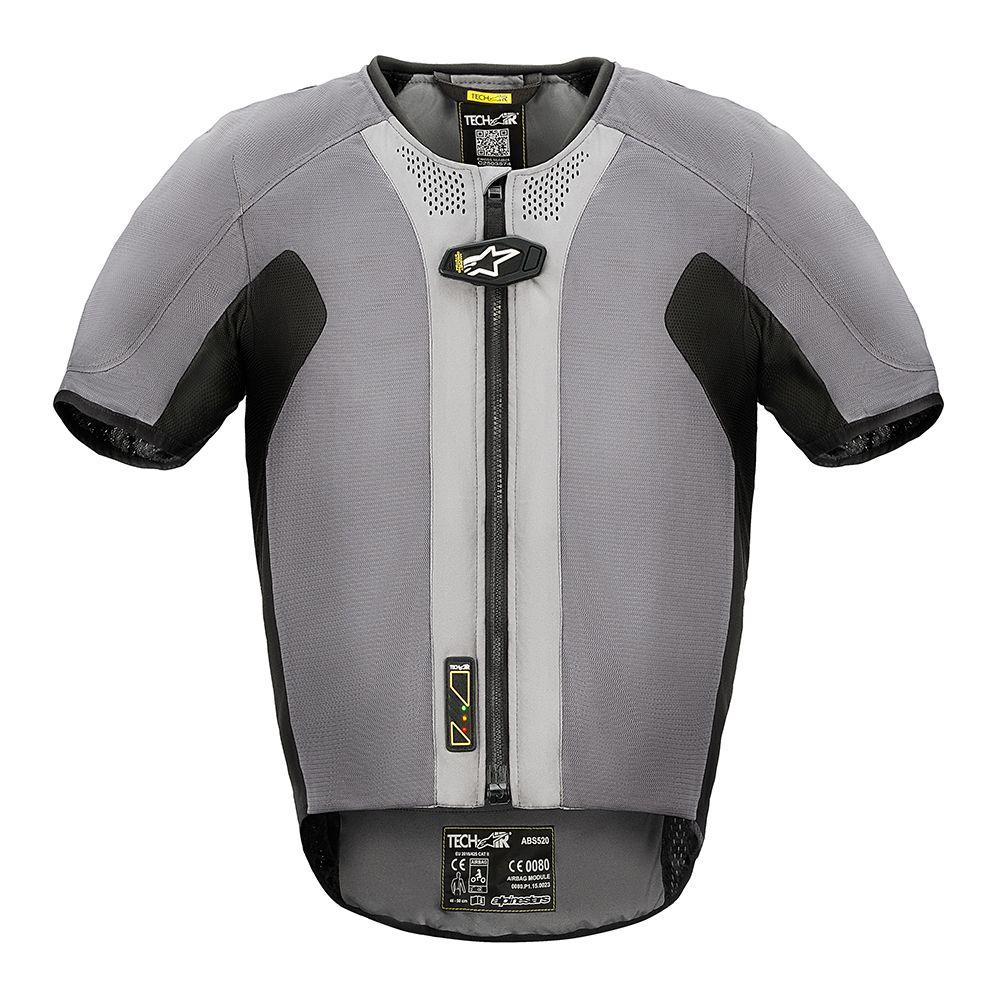
vest - can be worn under any textile jacket
about 590 €
largest airbag on the market (volume), also protects the kidney area
was also licensed by BMW, but is currently no longer offered by BMW
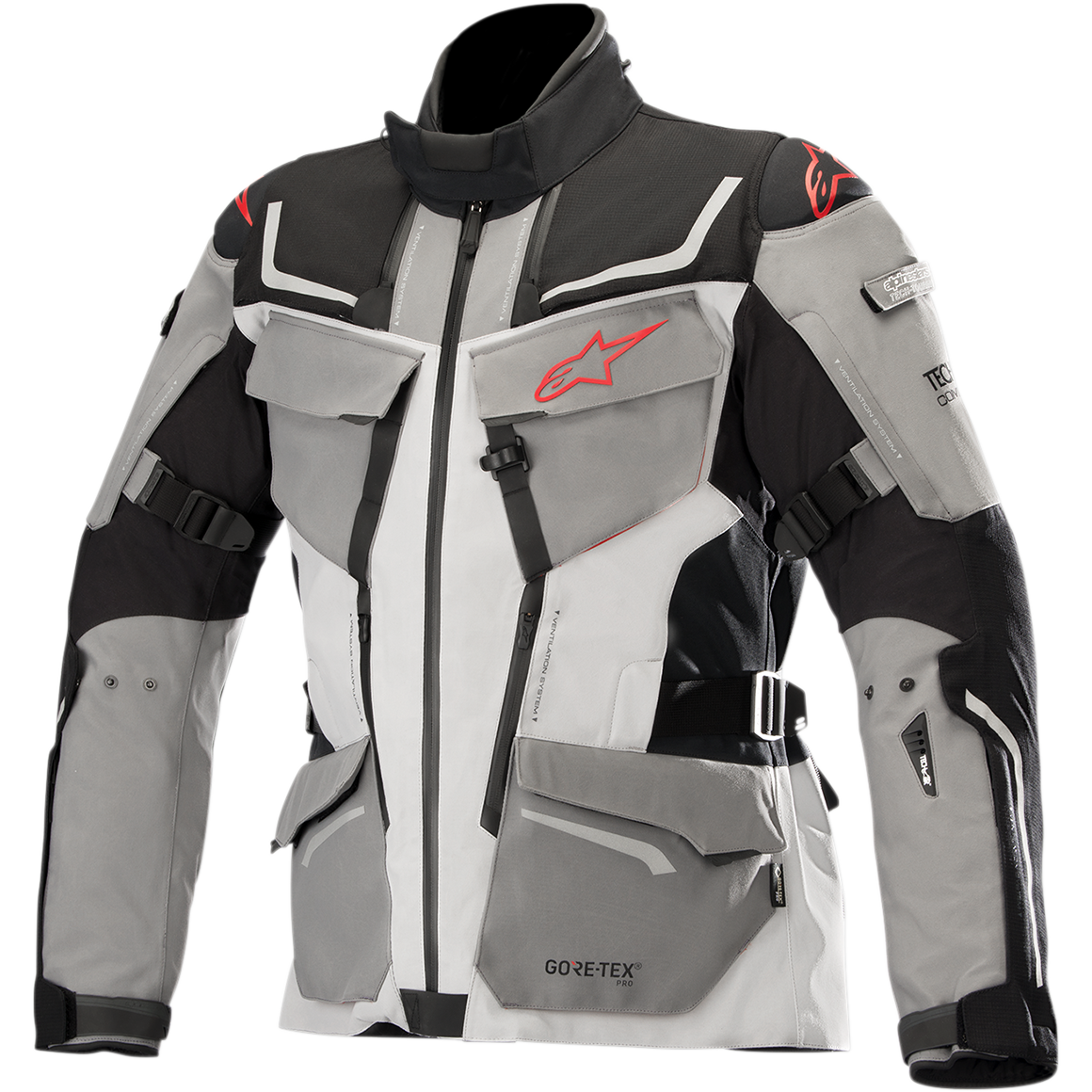
Touring jacket Renevant pro Goretex with integr. Airbag
about 900 €
largest airbag on the market (volume), also protects the kidney area
was also licensed by BMW, but is currently no longer offered by BMW
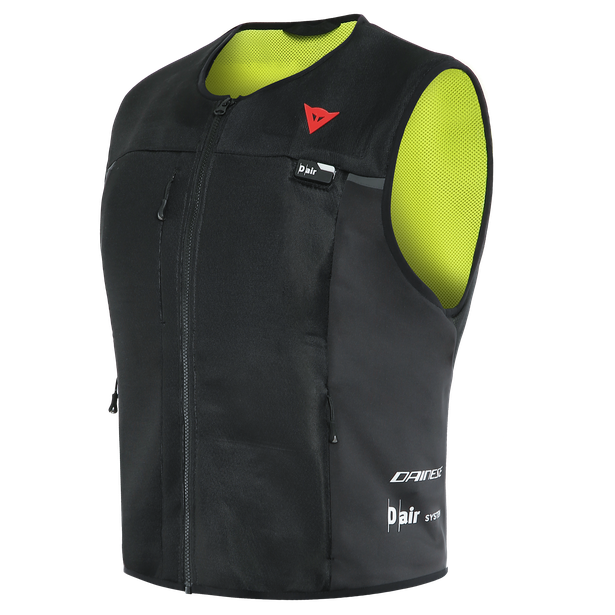
vest - can be worn under any textile jacket
about 590 €
Dainese launched the first motorcycle airbag system back in 2000
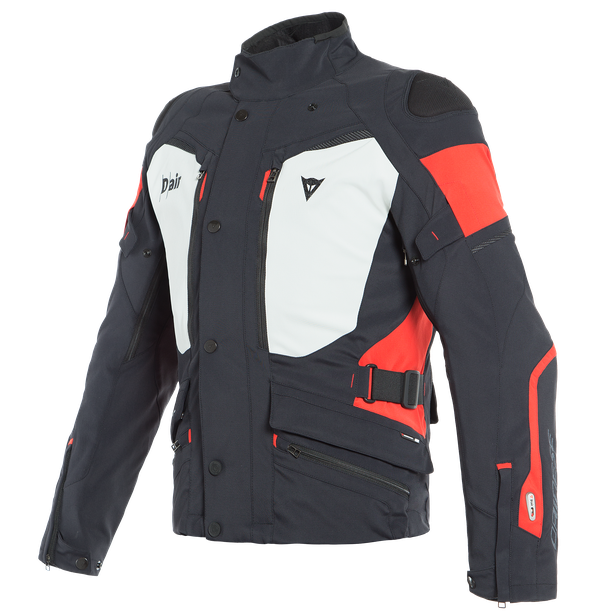
Carve-Master 2 touring jacket
Goretex D-Air with integr. Airbag
about 950 €
Dainese launched the first motorcycle airbag system back in 2000
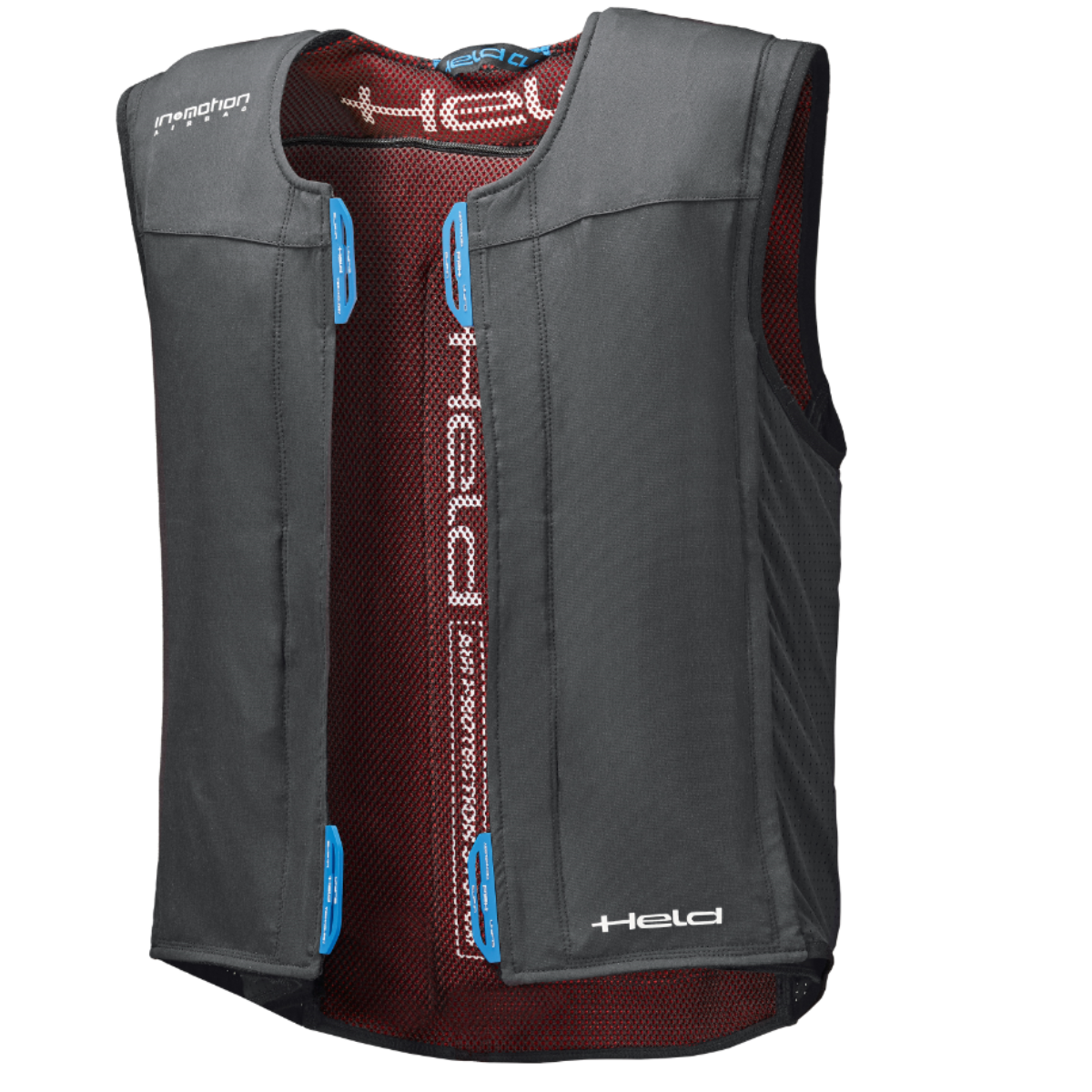
vestthat can be incorporated into hero suits
about 300 €
Control electronics:
In & Motion
Costs: approx. € 399 or € 120 / year rent
https://www.inemotion.com/de/motorrad/wie-funktioniert-das/

vest to carry and normal protective clothing
about 670 €
Optional sensor element on the motorcycle reduces the trigger time from 60 ms to 31 ms
IXON extension
https://www.ixon.com/de/innovations/ixon-airbag/
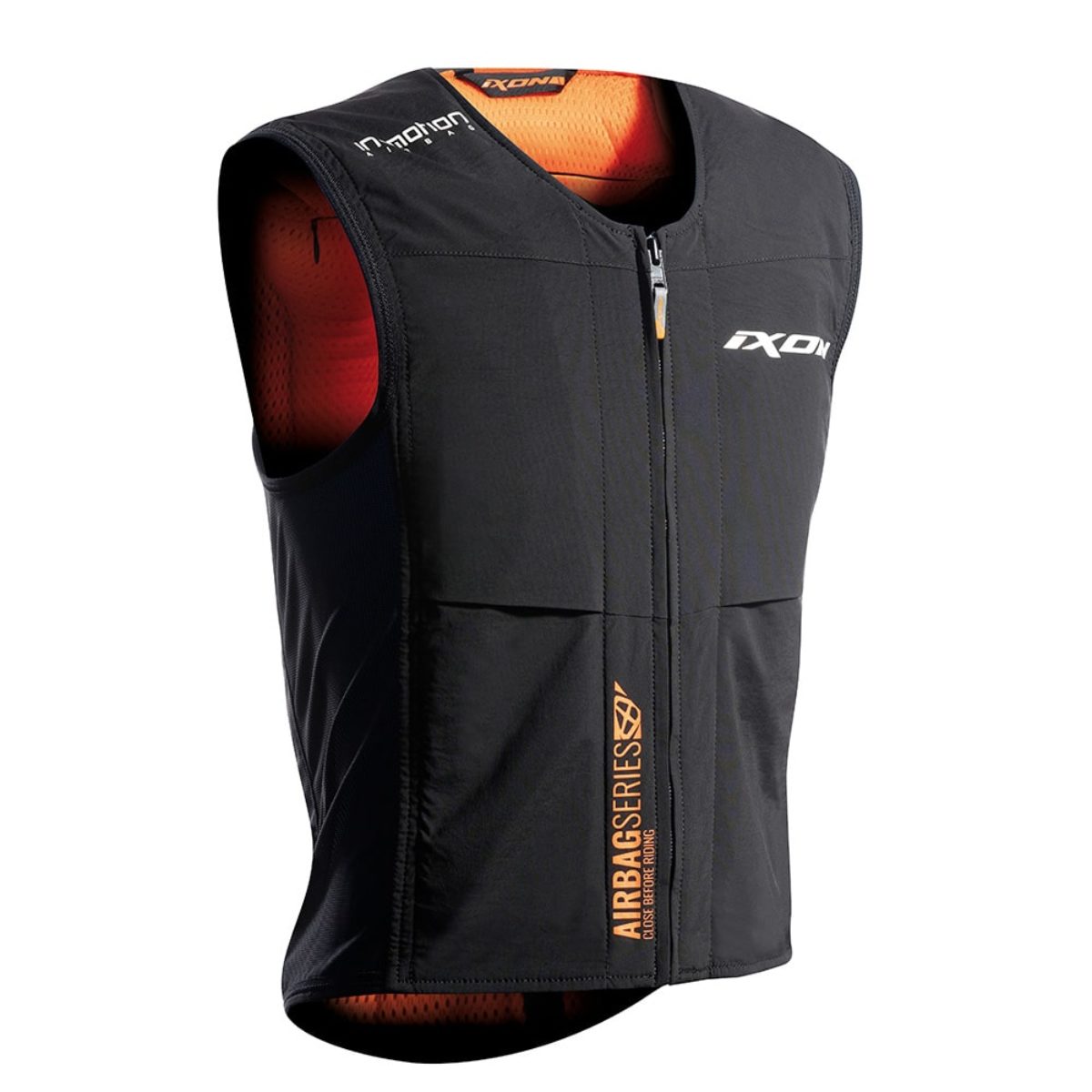
vest - can be worn under any textile jacket
about 300 €
Control electronics:
In & Motion
Costs: approx. € 399 or € 120 / year rent
https://www.inemotion.com/de/motorrad/wie-funktioniert-das/

vest - can be worn under any textile jacket
about 360 €
Control electronics:
In & Motion
Costs: approx. € 399 or € 120 / year rent
https://www.inemotion.com/de/motorrad/wie-funktioniert-das/
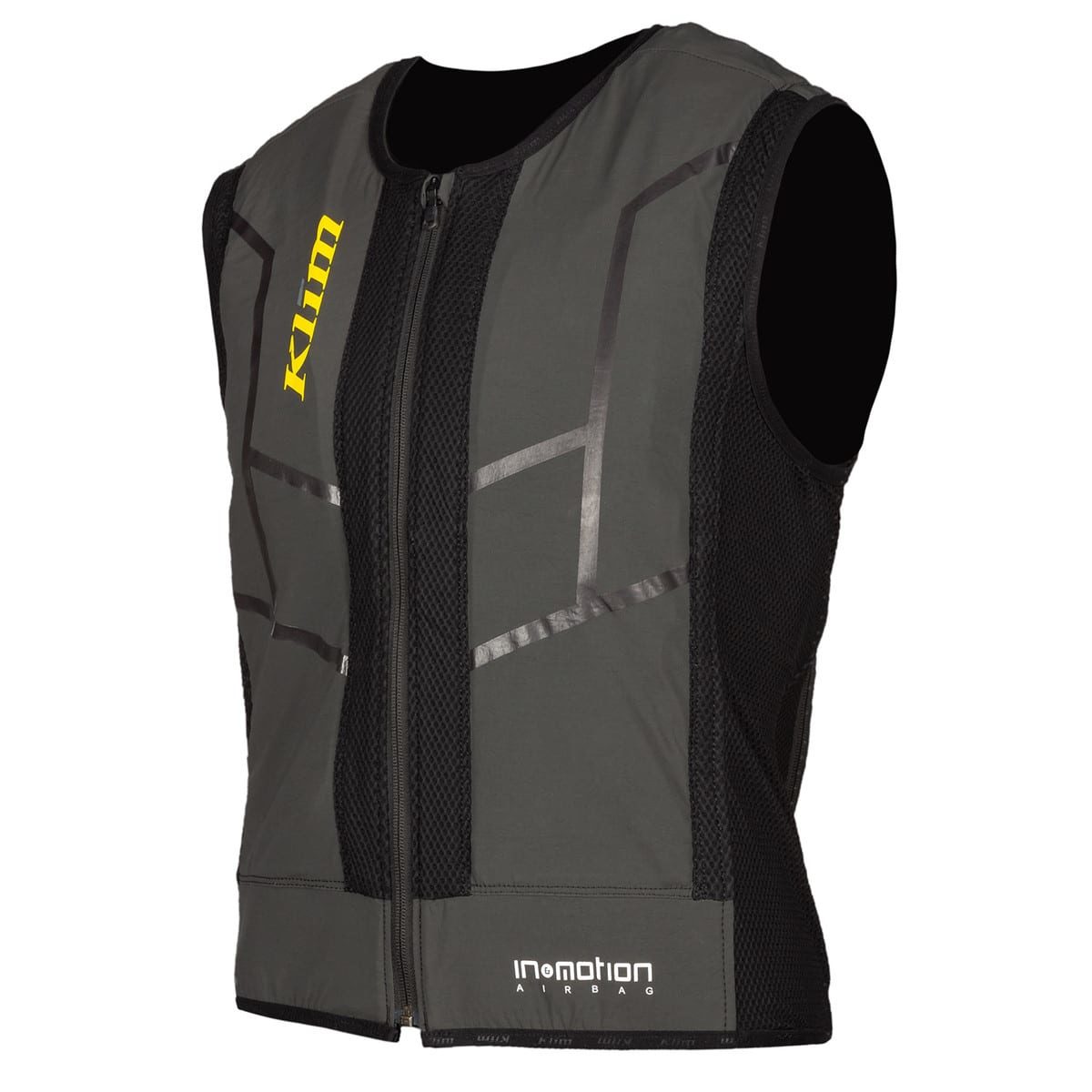
vest - can be worn under any textile jacket
about 410 €
Control electronics:
In & Motion
Costs: approx. € 399 or € 120 / year rent
https://www.inemotion.com/de/motorrad/wie-funktioniert-das/
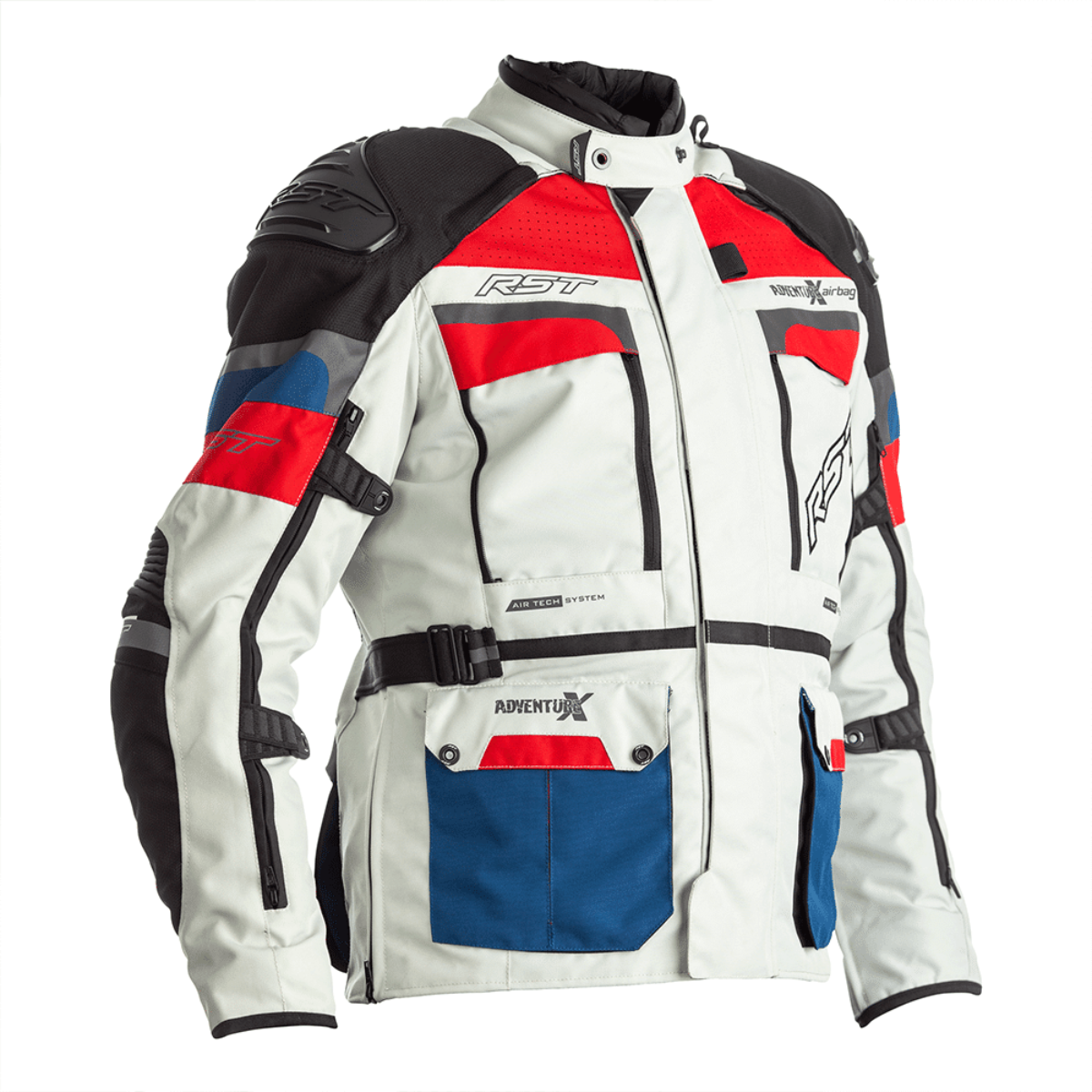
Touring jacket with integrated airbag
about 700 €
Control electronics:
In & Motion
Costs: approx. € 399 or € 120 / year rent
https://www.inemotion.com/de/motorrad/wie-funktioniert-das/
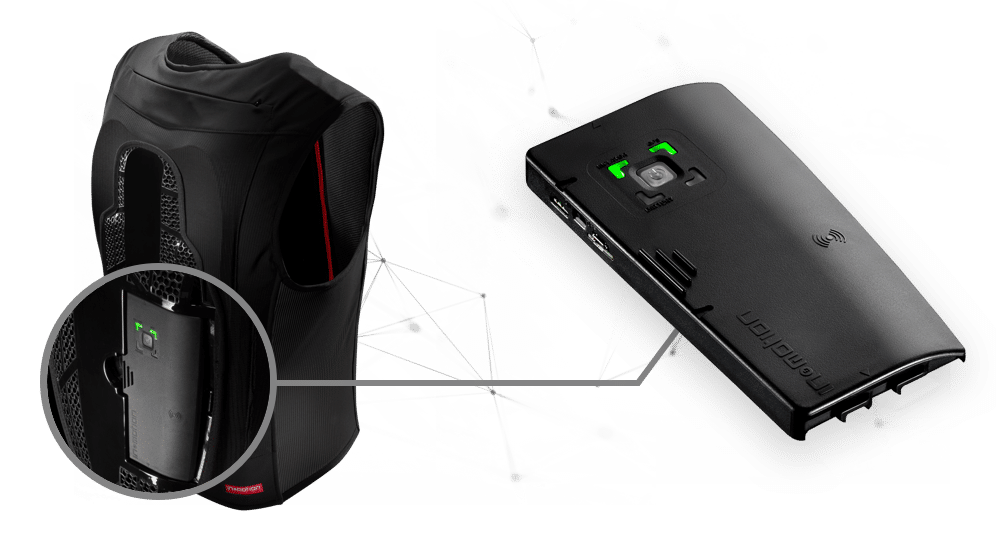
Looking at the table, three different concepts can be seen:
Of course, I cannot evaluate the functionality or the respective specific protective effect of the individual products, here everyone can deal with the statements of the manufacturers and the specialist publications themselves.
I would like to draw attention to a few other aspects that have not yet been mentioned in the specialist publications:
You have surely already recognized the direction in which "my heart beats" or which concept I consider the most promising. My experience in the electronic product market tells me that only high sales volumes ensure long-term survival. Of course, Alpinestar and Dainese can cross-finance their products from other sectors, the only question is how long this will actually happen.
Helite is a special case for me. They have many years of airbag experience in riding and with motorcyclists. However, always with mechanical airbags. In addition, not everyone likes the look of the vest worn over protective clothing. But that's a matter of taste. The question is whether Helite has the breath to finance the development of the electronic airbag in the long term. I cannot judge ...
The concept of In & Motion seems to me personally the most promising, because the more equipment manufacturers jump on this bandwagon, the more this system will develop into a "standard" and give us customers maximum freedom of choice while reducing costs.
However, I don't want to hide one disadvantage of these electronic vests: none of them can be washed! So if you sweat in your vest for a long summer, all you have to do is ventilate for a long time or use a textile spray. Washing machine or hand washing is not possible.
This, too, actually speaks in favor of the vest, because it shouldn't behave much differently with the jackets, at least I haven't found any corresponding information from any manufacturer. However, if the airbag is removable from the jackets (this was the case with my Helite jacket), it can of course be washed according to the manufacturer's recommendations. However, it is best to ask specialist retailers about this.
I myself bought the Ixon vest in spring 2019 (now replaced by the KLIM vest) and combine it with a Stadler touring jacket. So far I'm very satisfied and will look at the jacket from RST in the future, you don't want to wear the same thing every day :-)).
Addendum: I also own the RST jacket and use it depending on my mood and the weather.
At that time I also had a look at the Alpinestar and Dainese jackets, but these are rather not cut for full-grown Teutons or available in the corresponding sizes, so there was a pinch in every corner. Slimmer people than I am can be happy with it.
From my point of view, there are now few or no arguments against wearing an airbag vest (or jacket). Of course, these airbag vests only realistically offer protection in the speed range up to approx. 50 km / h. Anyone who rushes against a standing obstacle with 200 things no longer needs an airbag. But if the professionals on the racetrack only drive with airbags, we should also take this as an example.
All of this is my very personal assessment. If I overlooked something or wrote nonsense, please feel free to give us feedback peterk@bmw-gs-club.com.